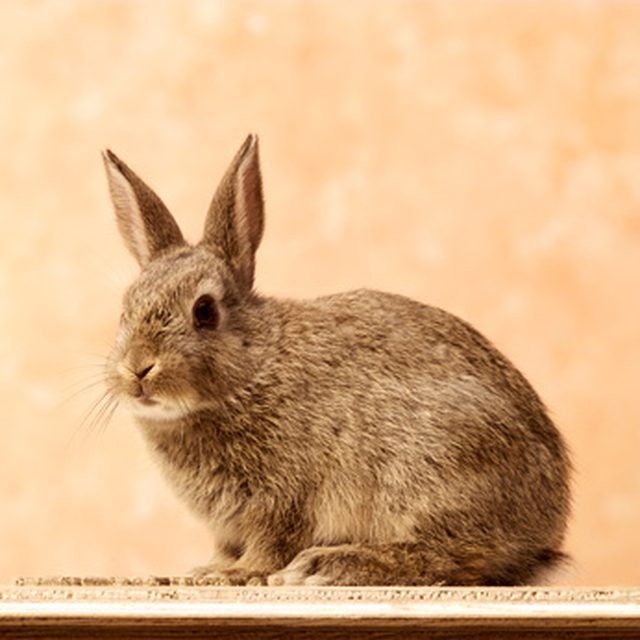Bulbs
Flower Basics
Flower Beds & Specialty Gardens
Flower Garden
Garden Furniture
Garden Gnomes
Garden Seeds
Garden Sheds
Garden Statues
Garden Tools & Supplies
Gardening Basics
Green & Organic
Groundcovers & Vines
Growing Annuals
Growing Basil
Growing Beans
Growing Berries
Growing Blueberries
Growing Cactus
Growing Corn
Growing Cotton
Growing Edibles
Growing Flowers
Growing Garlic
Growing Grapes
Growing Grass
Growing Herbs
Growing Jasmine
Growing Mint
Growing Mushrooms
Orchids
Growing Peanuts
Growing Perennials
Growing Plants
Growing Rosemary
Growing Roses
Growing Strawberries
Growing Sunflowers
Growing Thyme
Growing Tomatoes
Growing Tulips
Growing Vegetables
Herb Basics
Herb Garden
Indoor Growing
Landscaping Basics
Landscaping Patios
Landscaping Plants
Landscaping Shrubs
Landscaping Trees
Landscaping Walks & Pathways
Lawn Basics
Lawn Maintenance
Lawn Mowers
Lawn Ornaments
Lawn Planting
Lawn Tools
Outdoor Growing
Overall Landscape Planning
Pests, Weeds & Problems
Plant Basics
Rock Garden
Rose Garden
Shrubs
Soil
Specialty Gardens
Trees
Vegetable Garden
Yard Maintenance
Tree Wrap for Rabbits and Deer
Tree Wrap for Rabbits and Deer. Trees provide a valuable food source during the winter for starving deer and rabbits. Rutting bucks rub their antlers against a tree’s trunk to remove the velvet, and this action can also severely damage or even kill a tree. Fencing is the most effective way to keep deer and varmints away from saplings and...

Trees provide a valuable food source during the winter for starving deer and rabbits. Rutting bucks rub their antlers against a treeís trunk to remove the velvet, and this action can also severely damage or even kill a tree. Fencing is the most effective way to keep deer and varmints away from saplings and other delicate trees during the winter, but fencing is expensive and may require professional installation. Tree wraps provide affordable protection against the winter damage caused by rabbits and deer.
Tree Damage
Thin-barked saplings are at the greatest risk of animal damage (willows, poplars and apples are most often the target). An animalís teeth can eventually penetrate the cambium layer beneath the bark. This is the layer of vital living tissue located a fraction of an inch beneath the surface. If a gap in the cambium layer completely encircles the trunk, the tree will die. Once a tree develops rough, deeply grooved bark, it is less appealing to animals as a food source and certainly more difficult to penetrate with their teeth.
Types of Wrap
You can make tree wraps of thick plastic, plastic mesh, chicken wire or hardware mesh. If you have only a few trees, you might try wrapping heavy aluminum foil around the trunks before purchasing a commercial tree wrap. Wraps donít hinder a treeís growth because they are usually placed 1 or 2 inches from the tree. You should always remove wraps in the spring to allow growth to continue and prevent the tree from absorbing the wrap.
Rabbits
Cottontails and jackrabbits can severely damage thin-barked, deciduous trees. Tree bark is a major food source from December through February, but rabbits may eat from trees from the first killing frost through April. Rabbits eat bark from about an inch above the soil or snow line. They will stand on their hind legs and take advantage of the snow cover to nibble as high as they can reach. Look for marks of rabbit incisors in the bark; the damage is usually neat and tidy. In addition to tree wraps, take steps to limit a rabbitís habitat surrounding your property. Remove any brush, tall grass and weeds where rabbits like to live.
Deer
Deer feed on terminal and side branches, and rutting bucks can severely damage the bark, leaving it hanging in shreds from the tree. Since deer are significantly taller than rabbits and are also capable of standing on their hind legs to reach a treeís upper branches, wraps will only protect the trunk. A hard plastic spiral tree wrap will protect the tree trunk from damage from rutting bucks rubbing their antlers up against it and any nibbling from deer who canít reach the branches.
Wrapping Tips
Wrap the trunk as high as rabbits can reach when standing on their hind legs on top of the snow cover, usually 18 to 24 inches above the ground. Bury the wrap 2 to 3 inches underground to protect trees from digging rabbits and also from tunneling voles. As the snow level rises, you can either add more wrap or stamp down the snow around individual trees. Stamping down the snow saves you the trouble of adding more wrap and has the added benefit of keeping mice and voles away.